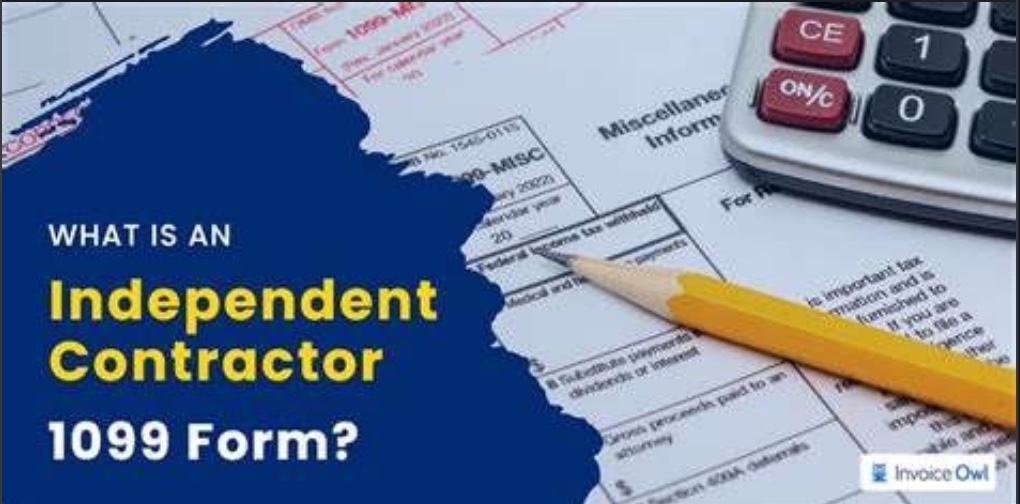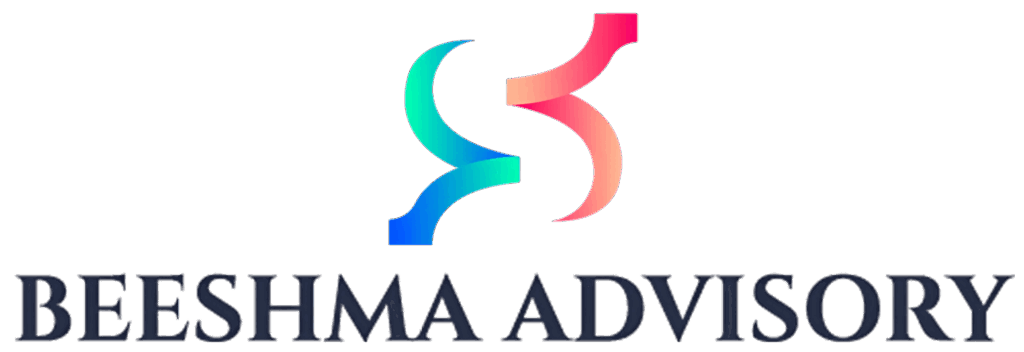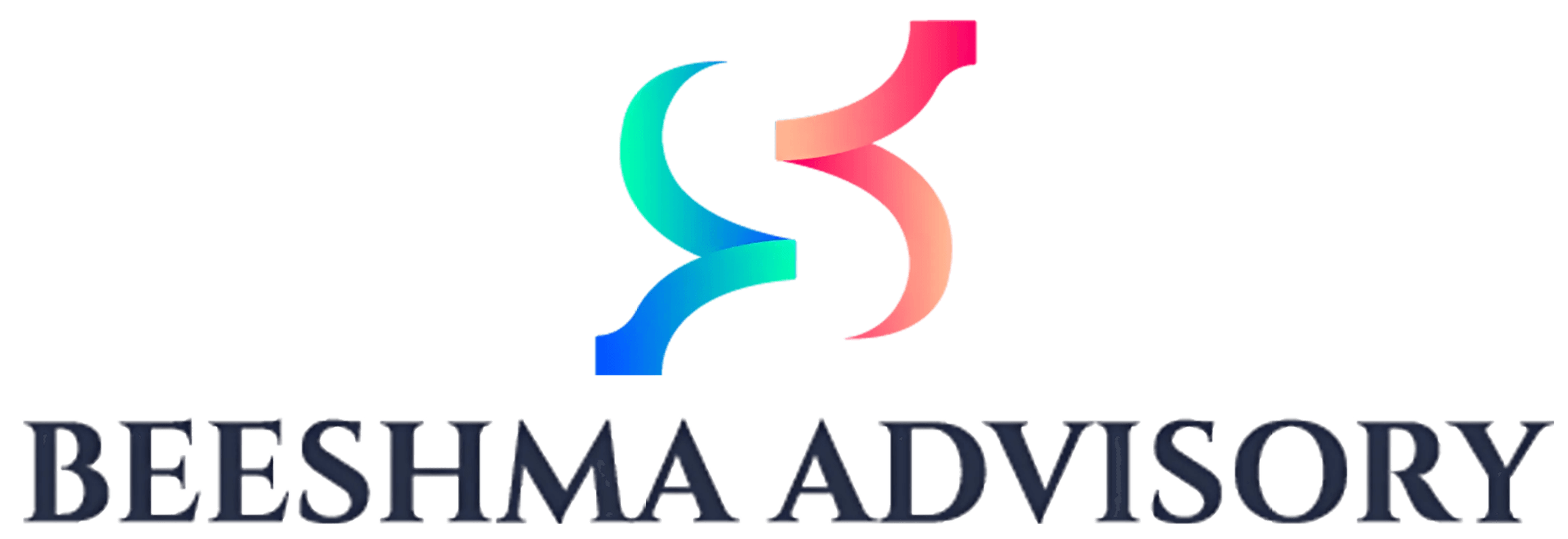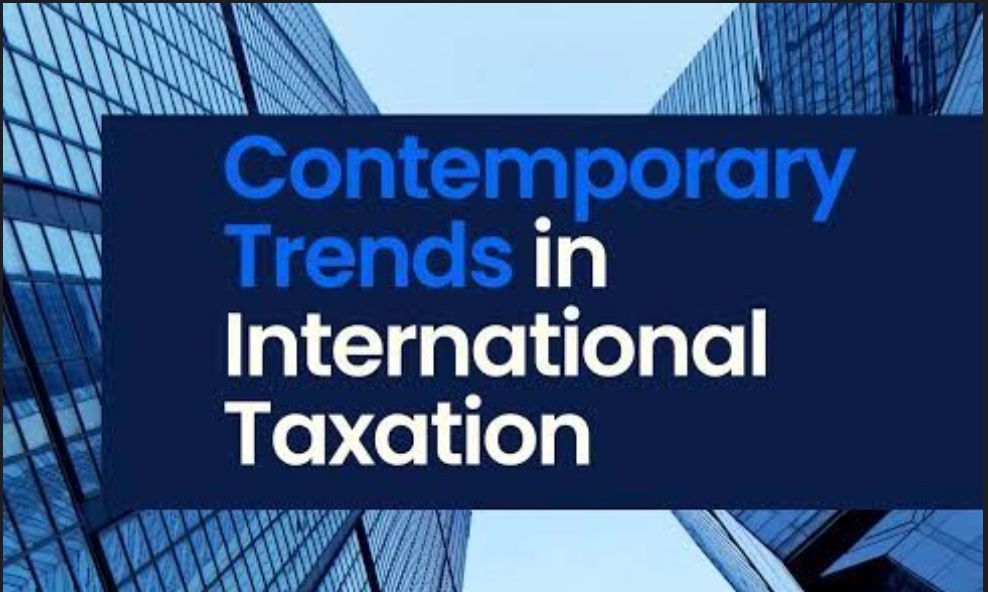Key Takeaways
Form 1099 reports freelance payments, income from investments, retirement accounts, Social Security benefits and government payments, withdrawals from 529 college savings plans and health savings accounts, and other income.
You should receive most 1099 forms by the end of January, although the deadline is mid-February for a few.
Income reported on a 1099 form is usually taxable, but not always.
The IRS also receives copies of your 1099 forms, and you’ll probably receive a notice from the IRS if you don’t report taxable income from a 1099 form.
What Is a 1099 Form?
A 1099 is a tax document that reports income you receive from sources other than an employer.
You’ll get a 1099 if an organization or business paid you more than a certain amount during the year (generally $600 or more) for freelance or self-employed work and you’ll also get 1099s from your financial institutions reporting dividends, interest and capital gains.
The Social Security Administration sends a 1099 reporting the government benefits you received during the year. And you’ll receive 1099s reporting withdrawals from 529 college-savings plans, HSAs and retirement savings plans.
Businesses and financial institutions generally must send 1099s by January 31, although the deadline is mid-February for a few of the forms.




